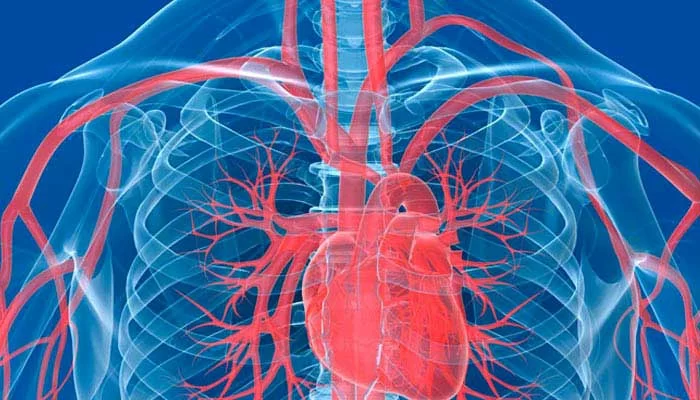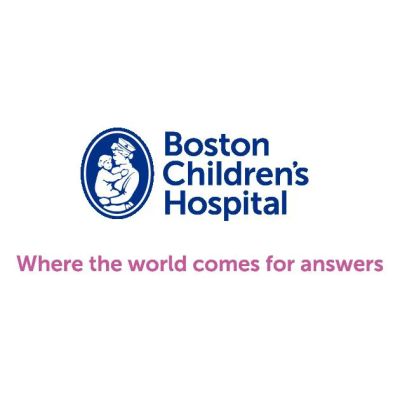- Atrial-Fibrillation-Overview
- Connection-Between-Atrial-Fibrillation-and-Heart-Disease
- Risk-Factors-and-Complications
- Management-and-Prevention-Strategies
- Real-Life-Case-and-Insights
1. What Is Atrial Fibrillation and Why It Matters
Atrial fibrillation (AFib) is one of the most common heart rhythm disorders, characterized by an irregular and often rapid heartbeat. Unlike a healthy heart’s steady rhythm, AFib causes the upper chambers (atria) to beat chaotically. This disorganized electrical activity not only disrupts the heart’s ability to pump blood effectively but also sets the stage for serious complications. Understanding AFib is crucial because it significantly elevates the risk of heart disease and stroke, making it a key concern in cardiovascular health.
The irregular rhythm can cause blood to pool in the atria, increasing the chance of clot formation. If a clot travels to the brain, it can cause a stroke. This direct link between AFib and stroke is why early diagnosis and management are vital. Many people might experience symptoms like palpitations, fatigue, or shortness of breath, but some remain asymptomatic, which can delay treatment and increase risks.

2. The Complex Relationship Between Atrial Fibrillation and Heart Disease Risks
Atrial fibrillation doesn’t just exist in isolation; it often coexists with other heart conditions such as hypertension, coronary artery disease, and heart failure. The presence of AFib can both signal underlying heart disease and worsen its progression. For instance, patients with chronic heart failure who develop AFib typically experience more frequent hospitalizations and a higher mortality rate compared to those without the arrhythmia.
Heart disease risks linked to AFib extend beyond rhythm disturbances. The irregular beating impairs cardiac output, reducing oxygen supply to vital organs and increasing stress on the heart muscle. Over time, this can accelerate structural changes like atrial enlargement and fibrosis, further complicating the clinical picture. This cyclical effect emphasizes why controlling AFib is not just about rhythm normalization but also about reducing the broader risk of cardiovascular deterioration.
Atlanta Heart Specialists
atlanta heart specialists
4375 Johns Creek Pkwy #350, Suwanee, GA 30024, USA

2.1 Why AFib Increases Stroke Risk
Stroke is arguably the most devastating complication of AFib. Research shows that individuals with AFib have a fivefold increased risk of stroke compared to those without. The reason lies in the stasis of blood caused by the irregular contractions of the atria, which promotes clot formation. Preventative strategies, such as anticoagulation therapy, have become standard care to mitigate this risk.
2.2 Impact on Quality of Life and Longevity
Beyond physical health, AFib influences patients’ quality of life profoundly. The unpredictability of symptoms and potential for severe events like stroke lead to anxiety and depression in some patients. Moreover, untreated or poorly managed AFib can reduce life expectancy, highlighting the need for comprehensive care.
3. Identifying Risk Factors and Recognizing Complications
Several factors increase the likelihood of developing atrial fibrillation and related heart disease risks. These include age, high blood pressure, obesity, diabetes, and lifestyle habits such as excessive alcohol consumption and smoking. Understanding these factors is critical for early intervention.
Complications from untreated AFib can escalate quickly. Besides stroke, patients may develop heart failure due to chronic irregular rhythm or experience other thromboembolic events affecting organs like the kidneys or intestines. Timely recognition of symptoms like dizziness, chest pain, or unexplained fatigue can prompt earlier medical evaluation and reduce long-term damage.
3.1 The Role of Lifestyle in Risk Management
While genetics and age are unchangeable, lifestyle choices play a significant role in modulating risks. Weight management, blood pressure control, and regular exercise have all demonstrated positive impacts on reducing AFib episodes and improving overall heart health. A balanced diet rich in fruits, vegetables, and omega-3 fatty acids supports cardiovascular resilience.
3.2 Medication and Monitoring
Patients with AFib often require medications to control heart rate, restore rhythm, and prevent clot formation. These treatments demand careful monitoring to balance benefits and side effects. Technologies like wearable heart monitors and smartphone apps are making it easier for patients to track their condition and stay engaged with their care plans.
4. Strategies for Managing Atrial Fibrillation and Reducing Heart Disease Risks
Effective management of atrial fibrillation hinges on a multi-faceted approach that combines medical treatment, lifestyle changes, and patient education. Cardiologists recommend personalized plans based on individual risk profiles, symptom severity, and underlying conditions.
One cornerstone of therapy is anticoagulation, which drastically lowers stroke risk. Additionally, rate and rhythm control therapies aim to restore and maintain normal heart function. In some cases, advanced interventions like catheter ablation or pacemaker implantation may be necessary.
4.1 Importance of Regular Medical Follow-Up
Routine check-ups help detect changes in heart rhythm early and allow adjustments in therapy to optimize outcomes. Engaging with a knowledgeable healthcare team empowers patients to take control of their health proactively.
4.2 HeartCare Hub: Your Resource for Trusted Support
For individuals seeking guidance on managing atrial fibrillation and reducing heart disease risks, HeartCare Hub offers access to reliable products, services, and expert recommendations tailored to cardiovascular health. Whether you need information on medications, lifestyle programs, or specialist consultations, HeartCare Hub is a valuable partner on your health journey.
5. Real-Life Case Study: Navigating Atrial Fibrillation Risks
Consider the story of John, a 62-year-old man diagnosed with atrial fibrillation after experiencing occasional palpitations and fatigue. Initially dismissive of the symptoms, John’s awareness grew following a minor stroke event that was linked to an untreated AFib episode. This life-changing moment motivated him to adopt a rigorous management plan including medication, diet changes, and regular exercise.
John’s experience underscores the critical importance of early detection and comprehensive care. His collaboration with his cardiologist and utilization of resources like HeartCare Hub helped him regain confidence and significantly reduce his risk of future heart disease complications.
5.1 Lessons Learned
John’s journey highlights how atrial fibrillation can quietly elevate heart disease risks and why proactive management can transform outcomes. It also demonstrates the value of patient education and support networks in navigating complex health conditions.






















Deborah Heart and Lung Center
deborah heart and lung center
200 Trenton Rd, Browns Mills, NJ 08015, USA